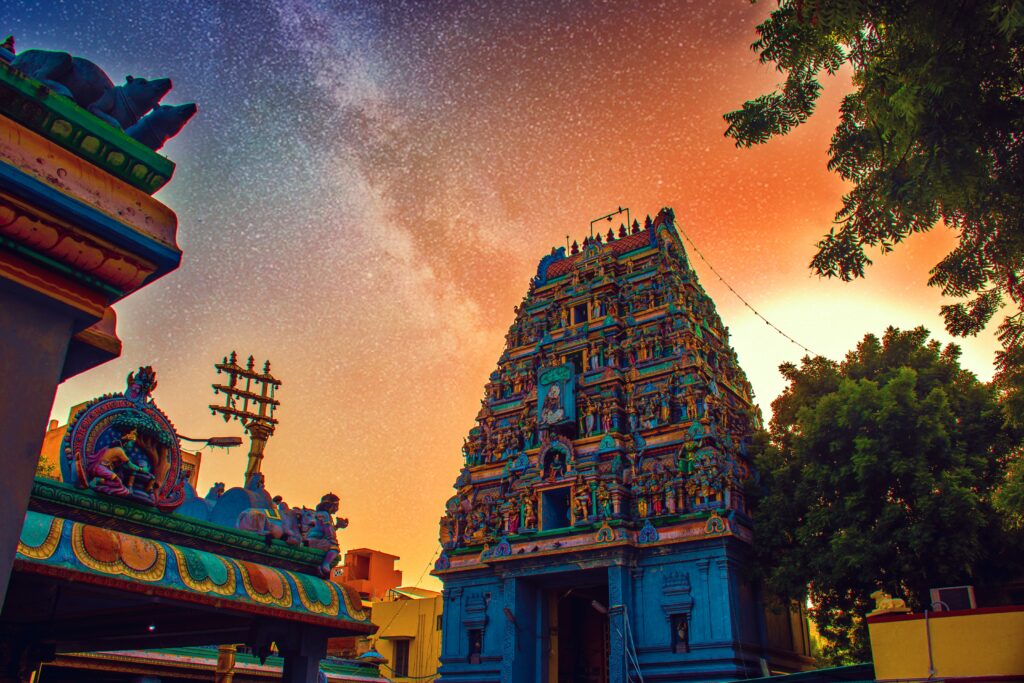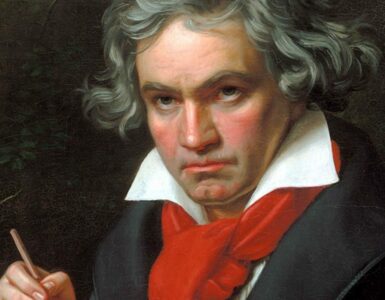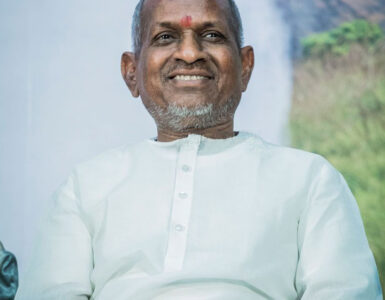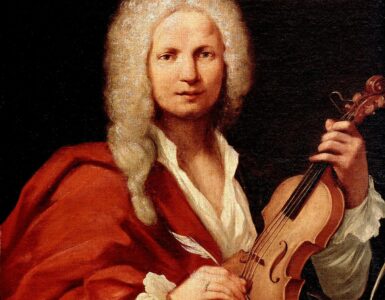Indian music has over three millennia of history and is one of the oldest forms of music worldwide. However, it only became more defined in the recent few centuries, with the evolution of Indian music into Carnatic and Hindustani music. This is also different from the popular music we hear in India today.
Today, Indian music is widely known around the world as one of the most prominent non-Western music. That said, let us discuss the development of different types of Indian music over the years.
Ancient Music
We can trace the history of Indian music to the Neolithic era, with the invention of stone instruments. This was also seen in the Indus River Valley Civilisation, with pottery sculptures of the dhol.
Throughout Ancient India, dance and music were prominent, with hymns and dances relating to Hinduism, such as the Tala. Many historical sources verify the existence of such music, together with some of the elements that we continue to see in Indian music today. Such elements include instruments like the Vina (वीणा) and musical scales such as the Raga (राग).
Classical Music
There are four main elements in Indian Classical music – Śruti, Svara, Rāga and Tāla. There are also two primary types of Indian Classical Music – Carnatic and Hindustani music.
Śruti
In Indian music, Śruti (श्रुति) refers to the smallest pitch interval that we can hear, or musicians and instruments can produce. It originates from ancient and medieval Hindu Vedic texts written in Sanskrit. Indian string instruments can play 22 Śrutis.
Svara
In Indian music, Svara (स्वर) refers to the successive pitches in an octave. It is often considered as both a note and a tone. Indians have come up with seven Svaras in an octave – saa, ri, ga, ma, pa, dha, ni. This is similar to the concept of the Solfège system of do, re, mi, fa, so, la, ti. Unlike the Śruti, Swaras are selected pitches on which melodies, Ragas, and scales are built on. While there are 22 Śrutis in an octave, there are only seven Swaras.
In Carnatic music, Svaras are either Prakriti (प्रकृति) or Vikriti (). Sa and pa are considered to be Prakriti Svaras, whereas the remaining five Svaras are Vikriti Svaras. Within the Vikriti Svaras, there are two variants of ma, whereas the remaining four has three variants.
Rāga
In Indian music, Rāga (राग) are melodic frameworks to improvise and is unique to Indian Classical music as there are no equivalents in Western Classical Music. With hundreds of different Rāgas and thirty commonly used ones, they have different colours and emotions tied to them, with each Rāga having a unique melodic personality.
Tāla
In Indian music, Tāla (ताळ) refers to the musical metre – beats that correspond to the musical time. It is usually established with the clapping or waving of hands, striking percussion instruments, or verbally. Originating from the Hindu Vedic texts, they were initially used to sing hymns.
In Carnatic music, the Tāla system is called Karnātaka, which gives rise to its name. Here, there are multiple ways to classify Tālas. For example, the Chapu has four Tālas, the Melakarta has 72, and the Chanda has 108.
In Hindustani music, Tāla can be vocalised and recorded. Each beat is expressed phonetically by playing certain strokes on the table.
Carnatic
Carnatic music (कर्णाटकसङ्गीतम्, Tamil: கருநாடக இசை, Telugu: కర్ణాటక సంగీతం) is one of the two primary types of Indian Classical Music found in South India. Originating from the ancient traditions of the Sanātana Dharma (सनातन धर्म), it emphasises vocal music and are often performed in Gāyaki style even when accompanied with instrumentation.
Often passed down using compositions, Carnatic music is mainly sung in Telugu or Sanskrit, but Tamil and Kannada are not unseen. A small group of musicians usually comprising of a vocalist, a violin, a mridangam, and a tambura performs Carnatic music. However, other instruments can be included – the chitraveena, ghatam, kanjira, morsing, veena, and venu. The centre of Carnatic music today is Chennai, Tamil Nadu.

Hindustani
Hindustani music (हिन्दुस्थानिशास्त्रीयसङ्गीतम्) is one of the two primary types of Indian Classical Music found in North India. It deviated from Carnatic music in the 1100s due to Islamic influences in the North. While many aspects of Hindustani music, such as the Rāga and Tāla, are similar to Carnatic music, Hindustani music emphasises the exploration of the Rāga and improvising on it.
Folk Music
With the diverse cultures of India comes diverse folk music. Indian folk music is sung in the many different Indian languages based on the region it originates from. We can hear many different types of folk music abroad due to many Indians from all over the country immigrating overseas.
Some of the more significant folk music include Bhangara and Giddha, Bihu and Borgeet, Dandiya, Gaana, Harynavi, Himachali, Jhumair and Domkach, Lavani, Manipuri, Marfa, Mizo, Odissi, Rabindra Sangeet, Rajasthani, Sufi, Tamang Selo and Uttarakhandi music.
Popular Music
Dance Music
Indian dance music, commonly referred to as “DJ music”, is music that we can hear at various events – parties, nightclubs, and even weddings. It is similar to electronic dance music (EDM) and is popular among the younger generation of Indians. Originating from Bollywood music and pop music, Indian dance music implements classical and folk tunes into their own pieces.
Some of the more popular dance music include Bollywood music and Hindi dance music.
Movie Music
Movie music is, needless to say, music used in Bollywood movies. Bollywood music has a characteristic motif seen in Hindi films that makes it appealing while incorporating culture and context. They form a major sector of Indian pop songs, especially in North India.
Bollywood songs are often sung in Hindustani languages, to allow Hindi and Urdu speakers to understand the lyrics with greater ease. Punjabi is also occasionally used. Lyrics are often inspired by Urdu poetry and Ghazal traditions.
Economically, Bollywood songs make up almost 80% of India’s music revenue. Most Indians listen to Bollywood songs by streaming them online. One significant example is T-series, the most subscribed YouTube channel worldwide as of 2021. However, this is heavily disputed outside of India.
Pop Music
Indian pop music is popular music that is not related to Bollywood, although it is relatively similar to Bollywood music. On the other hand, it is closer to Kollywood, Tollywood, and the UK’s Asian Underground scene.
Indian pop music became popular in the 1980s and is widespread across South Asia. However, it faced a decline in the 21st Century due to competition with movie music. Despite that, Indian pop music has been revived by remixing old-time Indian movie music and adding new beats to them.
Note: Names of Music, Instruments, Musicians and others with Indian origins are written in Sanskrit unless otherwise stated.





Add comment